Gamma rays are known to be produced by some of the most energetic objects in the universe, including supernova explosions, pulsars and around black holes
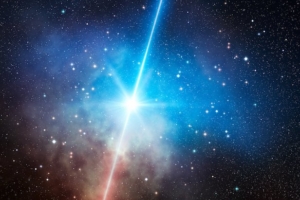 Deep Space
Deep Space

 Deep Space
Deep Space
Gamma rays are known to be produced by some of the most energetic objects in the universe, including supernova explosions, pulsars and around black holes
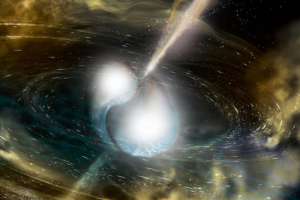 Deep Space
Deep Space
A source with remarkable similarities to GW170817, the first source identified to emit gravitational waves and light, has been discovered
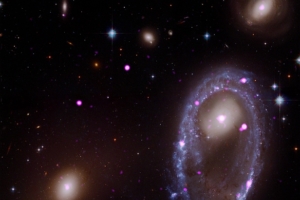 Deep Space
Deep Space
The Chandra X-ray Observatory has revealed a ring of black holes or neutron stars, or even both, 300 million light years away from Earth
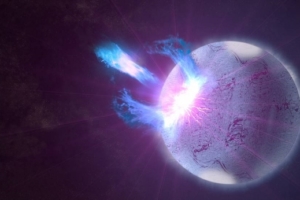 Astronomy
Astronomy
It is thought that in the densest stars in the universe, neutron stars, are more strongly controlled by a small fraction of protons
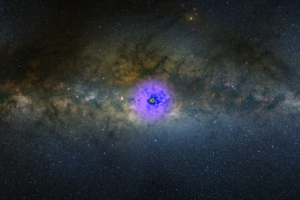 Deep Space
Deep Space
A recent study has tried to identify dark matter at the centre of our galaxy, but it appears neutron stars can account for their observations
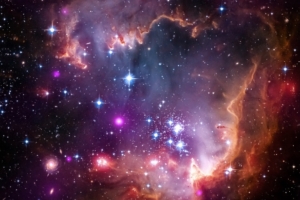 Deep Space
Deep Space
Signals from rare black hole-neutron star pairs could pinpoint rate at which universe is growing
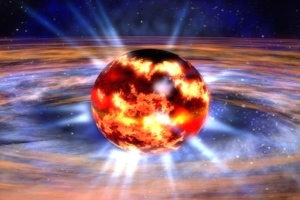 Deep Space
Deep Space
Astronomers believe that the heaviest elements were formed from the very first versions of these exotic objects
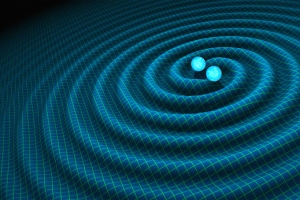 News
News
The Laser Interferometer Gravitational-wave Observatory has turned back on and resumed its search for ripples in the fabric of space and time
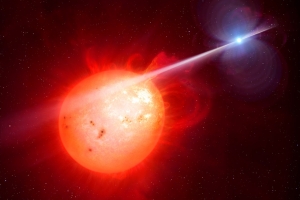 News
News
A white dwarf has been found lashing its red dwarf companion with a mysterious ray
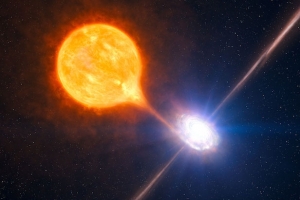 News
News
Neutron stars could be just as powerful as black holes when it comes to firing exotic jets
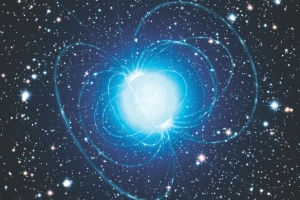 Deep Space
Deep Space
Neutron stars, remnants of supernovae, are among the most massive objects in the cosmos.